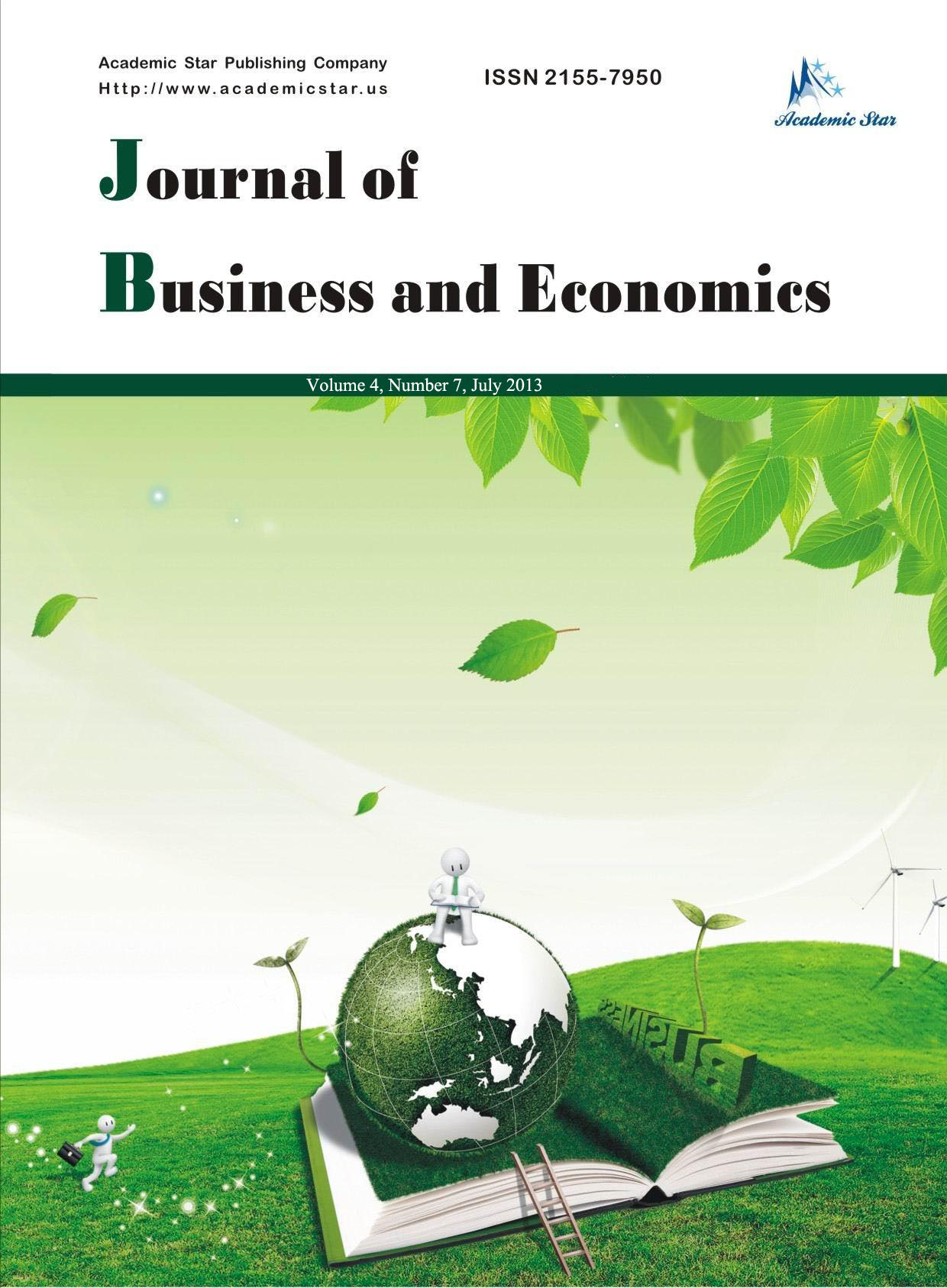
- ISSN: 2155-7950
- Journal of Business and Economics
(Center for Marketing Technology Innovation, Perú)
Abstract: The TRL methodology — Technological Readiness Levels, widely used among the R&D community, is a powerful tool that makes the commercial position of the technology transparent/explicit, facilitating assertive and conscious decision-making among the different actors in the ecosystem. (spin-off, TTO, observatories, intellectual property, consortia, alliances, actors, networks, platforms, ecosystems, etc.) for different transactions that correspond to their nature and/or own interests.
A functional marketing look at the TRL shows us, on the one hand, that it is a static — rigid categorization or classification instrument, and on the other hand, that it is limited to the classification of the offer (technology), culminating in the determination of its greater or lesser level of readiness[1] to be commercialization; The TRL acts as a certification of maturity, but does not provide clues about possible target markets, if there is potential.
As a complement, the Market Driven Fit (MDF), is a pre-market tool that has already been validated in more than 32 technologies/inventions/patents, and almost naturally it is being configured as a second moment after the TRL, where through of a system of variables (Goldratt’s Theory of Constraints), allows in a short time to identify whether the technology would have a market or not, what these would be and outlines the restrictions to be lifted (from its TRL stage, competitive, commercial and transactional) to that unfolds its full potential.
Key words: marketing, innovation, technology, markets, tools
JEL code: M310






